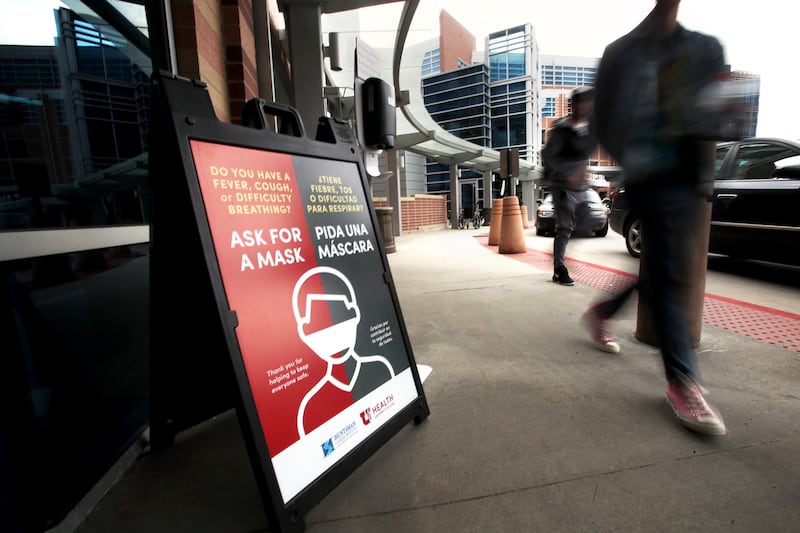The Centers for Disease Control and Prevention has issue a new guidance that revealed asymptomatic people are spreading the coronavirus more than anyone else.
What’s going on?
The CDC recently said people without symptoms are to blame for much of the spread of the novel coronavirus. They can’t tell they’re carrying the virus, so they spread it unknowingly.
The CDC said this is why masks are so important to curbing the spread.
- “Most SARS-CoV-2 infections are spread by people without symptoms.”
- “CDC and others estimate that more than 50% of all infections are transmitted from people who are not exhibiting symptoms,”
- “This means at least half of new infections come from people likely unaware they are infectious to others.”
By the numbers:
The CDC released specific numbers that identify who’s spreading the virus:
- 24% of people who transmit never develop symptoms.
- 35% of people who transmit were presymptomatic.
- 41% of people infected others whole experiencing symptoms.
Peak infectiousness happened five days in, according to the CDC.
- “With these assumptions, 59% of infections would be transmitted when no symptoms are present but could range (from) 51%-70% if the fraction of asymptomatic infections were 24%-30% and peak infectiousness ranged 4-6 days.”
How it spreads
- The CDC said in its guidance that the coronavirus spread when people are exposed to infected people who “breathe, talk, cough, sneeze or sing.”
The good news about asymptomatic patients
Researchers have suggested that asymptomatic patients might be carrying proper memory T-cells — which have battled other coronaviruses before — that could help lead to the end of the pandemic. Scientists could use those T-calls to help create the proper vaccine and therapeutics to keep people safe, as I wrote about for the Deseret News.


